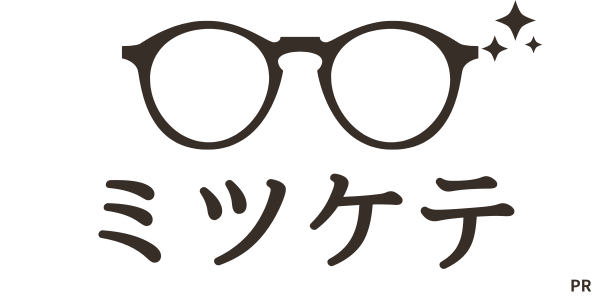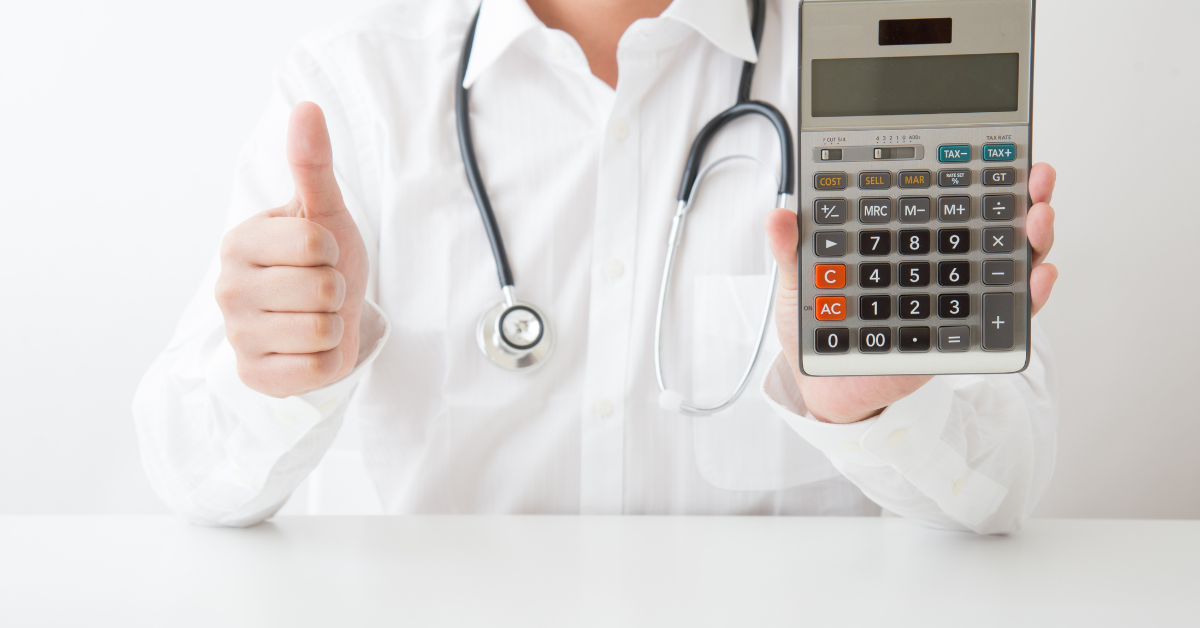Many people believe that all medical expenses are automatically covered under Japan’s High-Cost Medical Expense System. However, that’s not the case. Even if you pay as much as 300,000 yen for hospitalization, some charges may fall outside the scope of reimbursement. This article explains why certain expenses are excluded and helps you understand the difference between covered and non-covered medical costs.
What Is the High-Cost Medical Expense System?
The High-Cost Medical Expense System is a public insurance program that reimburses patients when their monthly medical costs exceed a certain limit. It applies to insured medical services received under Japan’s public health insurance schemes. The maximum out-of-pocket amount varies depending on income level.
For example, for those earning between about 3.7 and 7.7 million yen per year, the monthly cap is around 80,000 yen. This means that even if your total medical bill is 300,000 yen, you can be reimbursed for the portion exceeding the limit—but only for insurance-covered services.
Overview of the High-Cost Medical Expense System
| Item | Description | Key Point |
|---|---|---|
| Eligible persons | Those enrolled in public health insurance | Includes employees, national health insurance, and mutual aid members |
| Covered expenses | Insurance-covered medical treatment | Applies when personal payment exceeds the income-based limit |
| Excluded expenses | Room upgrades, meal fees, private treatments | Non-medical or comfort-related costs are excluded |
| Application process | Submit claim to your insurer or local government | Requires receipts, insurance card, and application form |
Understanding these basics helps prevent confusion when your reimbursement is less than expected.
Why a 300,000-Yen Hospital Bill May Be Excluded
Many misunderstand the system because eligibility is determined by what is covered under insurance—not the total payment amount. A hospital bill often includes costs unrelated to treatment, which are not eligible for reimbursement.
Breakdown of Common Hospital Charges
| Type of Expense | Covered by Insurance | Eligible for Reimbursement | Notes |
|---|---|---|---|
| Surgery and treatment | Yes | Yes | Recognized as medical acts |
| Tests and medications | Yes | Yes | Based on the medical fee schedule |
| Private room (bed upgrade) | No | No | Entirely self-paid if chosen voluntarily |
| Meal fees | Partial | No | Standard meal allowance only covered |
| Medical certificates or reports | No | No | Considered administrative, not medical |
| Advanced or private treatments | No | No | Fully self-paid unless officially approved |
Even if you paid 300,000 yen, if most of the charges are for non-insurance items, the reimbursable amount may be very small.
Be Careful with Private Room Fees
Private room charges (so-called “bed difference fees”) are one of the most misunderstood non-covered expenses. Unless a doctor deems a private room medically necessary, choosing one by personal request means paying the full amount out-of-pocket.
Typical Private Room Charges
| Room Type | Average Daily Rate | Notes |
|---|---|---|
| Private room | 5,000–20,000 yen | Depends on hospital and region |
| Two-person room | 2,000–8,000 yen | Varies by size and facility |
| Four-person room | 0–2,000 yen | May be free in public hospitals |
| Luxury suite | 30,000 yen or more | Equipped like a hotel room |
For instance, staying in a 10,000-yen private room for 10 days means an additional 100,000 yen in personal cost. Understanding this beforehand prevents unpleasant financial surprises.
How to Apply for the High-Cost Medical Expense System
The claim process begins after paying your medical bill. You must submit the required documents—receipts, insurance card, and application form—to your insurer (e.g., employer’s health insurance or local government office). Reimbursement is typically made a few months later.
However, obtaining a “Certificate of Application of Maximum Copayment Amount” before hospitalization allows you to pay only up to your income-based limit directly at the hospital. This pre-approval helps avoid large temporary payments.
Application Steps
| Step | Description | Where to Submit |
|---|---|---|
| 1 | Pay hospital fees and keep receipts | Medical institution |
| 2 | Submit application form | Your health insurer |
| 3 | Review period (approx. 2–3 months) | Conducted by insurer |
| 4 | Reimbursement deposited | Into your registered bank account |
Key Points
- You can apply retroactively within two years
- Payments from multiple hospitals in the same month can be combined
- Household members under the same insurance can also combine expenses
Examples of Non-Covered Medical Costs
The system does not cover expenses that are not directly related to medical treatment. This is often where confusion arises.
| Type of Expense | Example | Reason for Exclusion |
|---|---|---|
| Cosmetic procedures | Double-eyelid surgery, skin spots removal | Not medically necessary |
| Orthodontics | For aesthetic purposes | Considered elective treatment |
| Vaccinations | Influenza, shingles shots | Preventive, not curative |
| Hospital service fees | TV, refrigerator, guest bed rental | Non-medical, comfort-related |
| Overseas treatment | Care received abroad | May be eligible only under a separate “Overseas Medical Care” program |
Especially in cosmetic and dental fields, many treatments are classified as private medical care, meaning no insurance coverage and no eligibility under this system.
Tips for Using the System Effectively
Always check your medical statement carefully. Identify which charges are covered by insurance and which are not. If you see a “medical points” column, that indicates insurance coverage; if it says “self-pay” or “private,” it is not eligible.
It’s also wise to combine public coverage with private medical insurance. Supplemental policies offering hospitalization benefits or lump-sum payments can help cover non-eligible costs such as room upgrades and meal fees.
In addition, hospitals differ in their policies. Some have shared rooms with no extra charge, so confirming room types and costs before admission can help you manage your budget wisely.
Conclusion
The High-Cost Medical Expense System is an invaluable safeguard against high medical expenses. Yet, it is crucial to remember that room upgrade fees, meal costs, private treatments, and administrative fees are excluded.
By confirming the breakdown of your expenses and obtaining the Certificate of Application of Maximum Copayment Amount beforehand, you can prevent unexpected out-of-pocket payments. Keep your medical receipts organized and submit your application properly to receive your reimbursement.
With the right understanding, you can avoid situations where “you paid 300,000 yen but weren’t covered” and make informed financial decisions about your healthcare. Mastering how the system works ensures peace of mind when facing medical costs.




